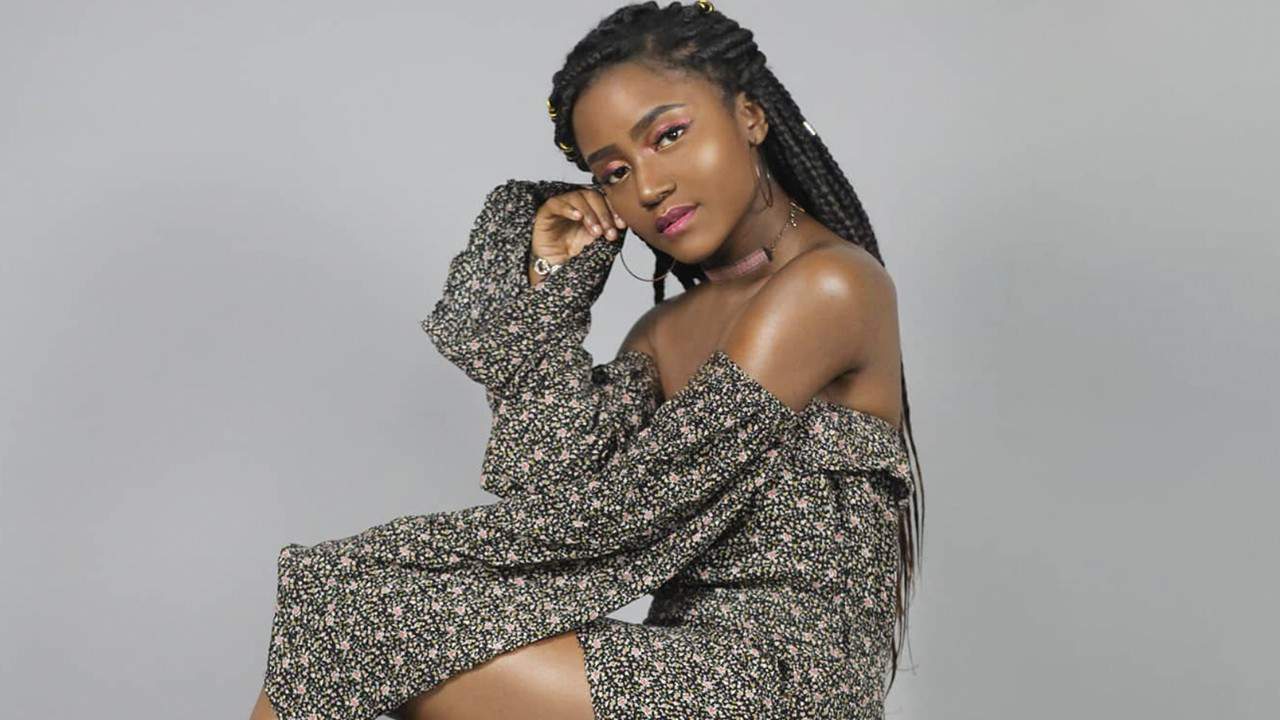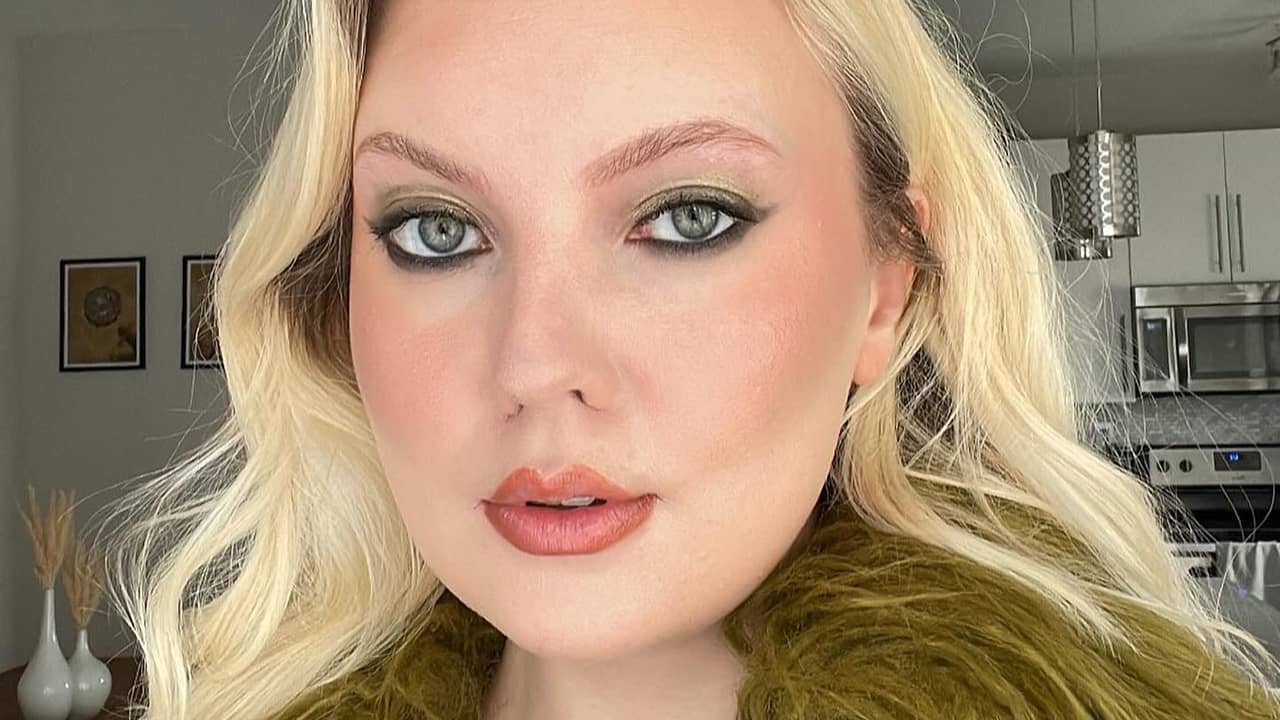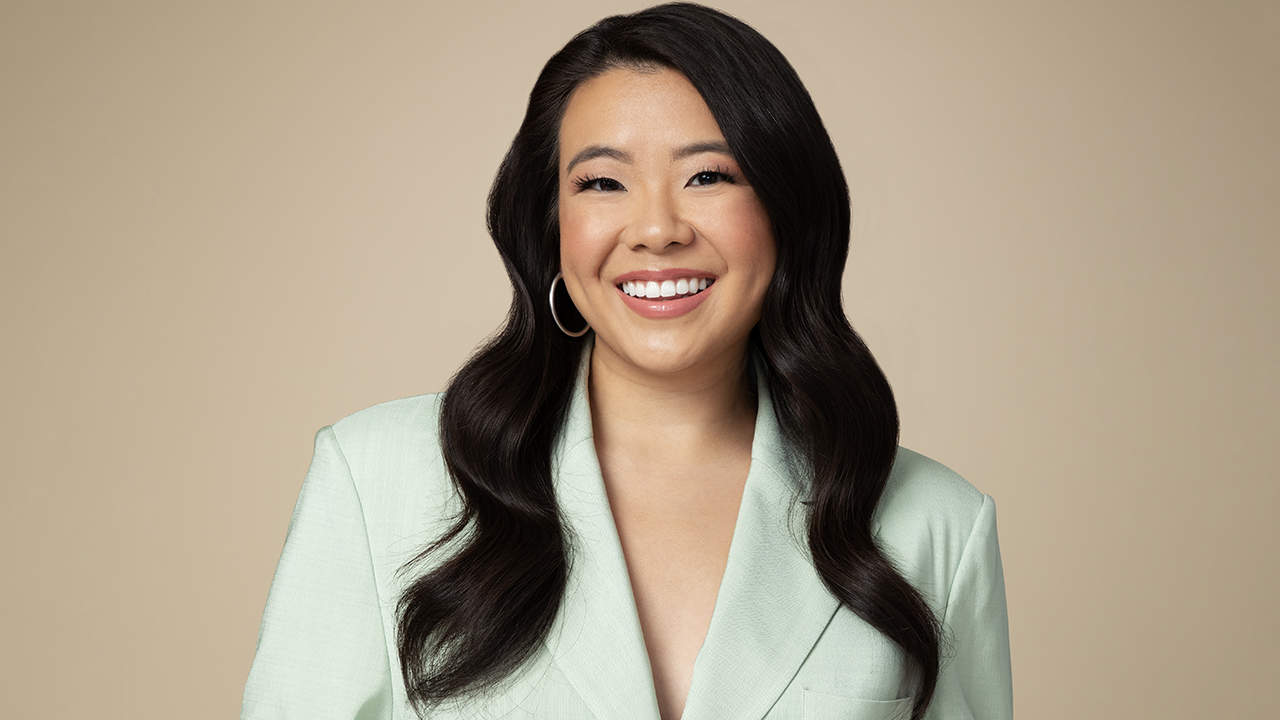New York City seems a world unto itself: buzzing, bustling, and brimming with hustle. From this booming ecosystem, Barbiana Liu has emerged as a powerhouse designer. She embarked on her freelance journey just three years ago, launching Leche Studio, a design studio offering visual solutions from branding to website management and content creation.
But Barbiana’s creativity and passion don’t stop at her design work. Beyond being a graphic designer, she has also become a prominent creator, sharing valuable experience and insights into her craft on social media. Today — three years after going freelance — she’s lending her skills to massive brand partners like M&M’s, and raking it in by selling her own digital products. (To date, she’s made over 200 sales and counting!)
We sat down with Barbiana to talk about finding synergy between content creation and design, monetizing her expertise, and — of course — making the leap.
You’re a designer by trade, but you’re also a creator who shares useful content about your line of work. How did you get into content creation?
I started sharing my work on social media back in 2020 as a way to promote my design services. As someone who loves social media, I felt that Instagram was the perfect platform to get exposure and be discovered by potential clients. At first, my content was about advertising how to work with me and giving tips on how to hire a graphic designer. Soon, I felt burned out creating this textbook-style content and wasn’t seeing much conversion in terms of booking projects.
A few months later, Instagram introduced Reels, and that was when I really found a chance to show my true self. This was during the pandemic, and since I was working from home, I was able to put in the time to learn how to film and edit content on social media.
In the beginning, I tried to create the kind of content that everyone else in my industry was creating. But soon I realized that not all content is suitable for my niche — and I also just didn’t enjoy creating it. As soon as I started creating content about my own experience as a self-taught graphic designer and sharing my design process, my account started to grow rapidly. I noticed that people were recognizing my style and feeling inspired by it. And I was thoroughly enjoying creating it. That’s when I knew I’d found my content style.
There are so many different ways to monetize as a creator. Which ones have worked best for you?
Gaining more exposure on social media definitely opened up more opportunities for me as a creator. My first brand partnership came about because a brand noticed a video where I’d shared my tools. Since then, I’ve reached out to more brands for partnership opportunities. Working with brands to create content has been inspiring because it’s allowed me to expand my network and monetize my daily work.
I once heard a financial tip about establishing a passive income stream. As a designer who depends heavily on projects, this tip resonated with me, and led me to affiliate marketing and selling my own digital products. Selling digital products has been my most successful income stream because it allows me to turn my experience and knowledge into useful resources without needing to put in the time and effort required for active projects
You’ve created several digital products, from editable contracts for freelance designers to a Notion template that encourages productivity. What made you decide to create and sell digital products in the first place?
When I started building my online community, I realized that I needed to find a way to monetize and give back to my followers. As my community grew, I began to receive more and more messages from people asking for advice on the same topics or tools that I’d discussed in previous content. It was clear that my expertise and insights were valuable to others, and that there was a demand for more in-depth content.
To meet this demand, I decided to create digital downloads that people could purchase and keep for themselves. These downloads included guides, templates, and other resources based on my own experiences and insights. The response from my community was overwhelmingly positive, and many people commented on how helpful these resources are in their own work and businesses.
Can you walk us through the process of creating a digital product from start to finish?
When I first start thinking about creating a digital product, I ask myself a few important questions. First, I ask myself what type of product would best suit my audience. I also consider what value I could bring to the table with this product. By answering these questions, I’m able to give my digital product a unique selling point and ensure that it will stand out in the marketplace.
Next, I’ll plan out the user experience, from the moment someone downloads the product to the moment they start using it. This step is crucial in determining what files and user instruction guides I’ll need to include. By carefully mapping out the user flow, I’m able to ensure that my product is intuitive and user-friendly.
Then, it’s time to start building the product. I dedicate a significant amount of time to this task, carefully crafting every detail to ensure that the final product is of the highest quality. While a smaller product might take only a week to launch on a marketplace, I think it’s important to take the time to get every aspect of the product just right. After all, a high-quality digital product is an investment in the success of my business and the satisfaction of my customers.
How do you go about pricing your digital products?
I always start by conducting thorough market research. This involves looking at the highest and average prices of similar products in the market. By doing this, I can get a good idea of the price range I should be charging for my own products.
This step is crucial because it allows me to ensure that my pricing is competitive and reflective of the value that my products offer. At the same time, I don’t want to undersell myself or my products, so I make sure to take into account the amount of time, effort, and expertise that went into creating them.
Overall, pricing my digital products is a balancing act between staying competitive and ensuring that I’m getting the compensation I deserve for my work. By conducting thorough market research and carefully considering the value of my products, I’m able to strike this balance and set prices that are fair both to myself and my customers.
What’s your strategy for marketing your digital products online?
As a way to promote my digital products, I always gift the first three downloads for free. This strategy not only helps me introduce my products to potential customers, but it also allows me to give back to my community by providing valuable resources at no cost. I strongly believe that this approach builds trust and credibility with my audience, which ultimately leads to more sales and long-term customer loyalty.
Offering free downloads also helps me receive valuable feedback from early adopters, which helps me improve my products and make them more appealing to a wider audience. Overall, I see this strategy as a win-win strategy for both myself and my community.
You’re equally active on TikTok and Instagram. Can you share some of your audience growth strategies for each platform?
One important piece of advice for any content creator is to stay authentic and genuine. In a world where social media can often feel superficial and curated, it’s important to remember the value of being true to yourself and your audience. When you create content that reflects your values and personality, you’re more likely to attract like-minded individuals who will appreciate and engage with your work. And at the same time, staying true to yourself can help you avoid burnout and maintain a sense of purpose and fulfillment in your work.
Also, posting consistently (at least 4 to 5 times a week) and interacting with your followers as much as possible can help you build a loyal audience and grow your brand.
On TikTok, I try to share more personal content and keep up with the latest trends while adding my own twist to them. On Instagram, I focus on creating visually appealing content and using hashtags to reach a wider audience. I also like to engage with my followers by asking questions on Stories, which helps to build a sense of community and connection.
How do you manage to divide your time between your design work and content creation without burning out?
I’ve found that planning content a month in advance doesn’t work for me. It makes me feel stressed and less flexible, which is why I prefer to share things as they come up. However, I have come up with a strategy that works for me. I keep a “mind-dump” notes section on Notion to store any content ideas that pop up. This has been a lifesaver for me!
When it comes to video content, I’ve found that setting aside a day or two to film everything all at once works best. This way, I don’t have to worry about filming every week, and I can focus on other tasks that need my attention.
Here’s a tip that’s worked for me: if you’re ever feeling stuck or uncreative, share your work in photos or simple graphics. You don’t have to spend too much time on it, but it’s still a great way to showcase your expertise. Plus, it can help you get your creative juices flowing again!
How have you grown both professionally and personally since becoming a content creator?
I’ve seen growth in my ability to communicate my ideas and expertise to a wider audience. I’ve also become more confident in my own voice and more aware of how to connect with people who are interested in my work. Additionally, I’ve gained valuable skills in video editing, digital marketing, and storytelling, which have all contributed to my growth as a professional and as an entrepreneur.
In addition to my technical skills, I’ve also become more comfortable sharing my personal experiences and struggles. As a creator, I’ve come to realize that authenticity is key. Being honest and open with my audience helps build trust and credibility, and allows me to connect with my followers on a deeper level.
Finally, any advice for aspiring creators?
The biggest takeaway is to not be afraid to experiment with new ideas and formats. As a creator, it’s easy to get stuck in a routine and create content that feels safe and familiar. However, I’ve found that the most rewarding experiences come from taking risks and trying new things. Whether it’s a new content format or a different approach to storytelling, I’ve learned that it’s important to take chances and find the content that you feel most comfortable with.
Overall, becoming a content creator has been an incredibly rewarding experience that has allowed me to grow both personally and professionally. I truly hope that you can experience the same magical moments as well!
This interview has been edited for clarity and length.
Photo: Courtesy of Barbiana Liu
Follow The Leap on TikTok, Instagram, and YouTube for more creator stories. We also make a newsletter.



